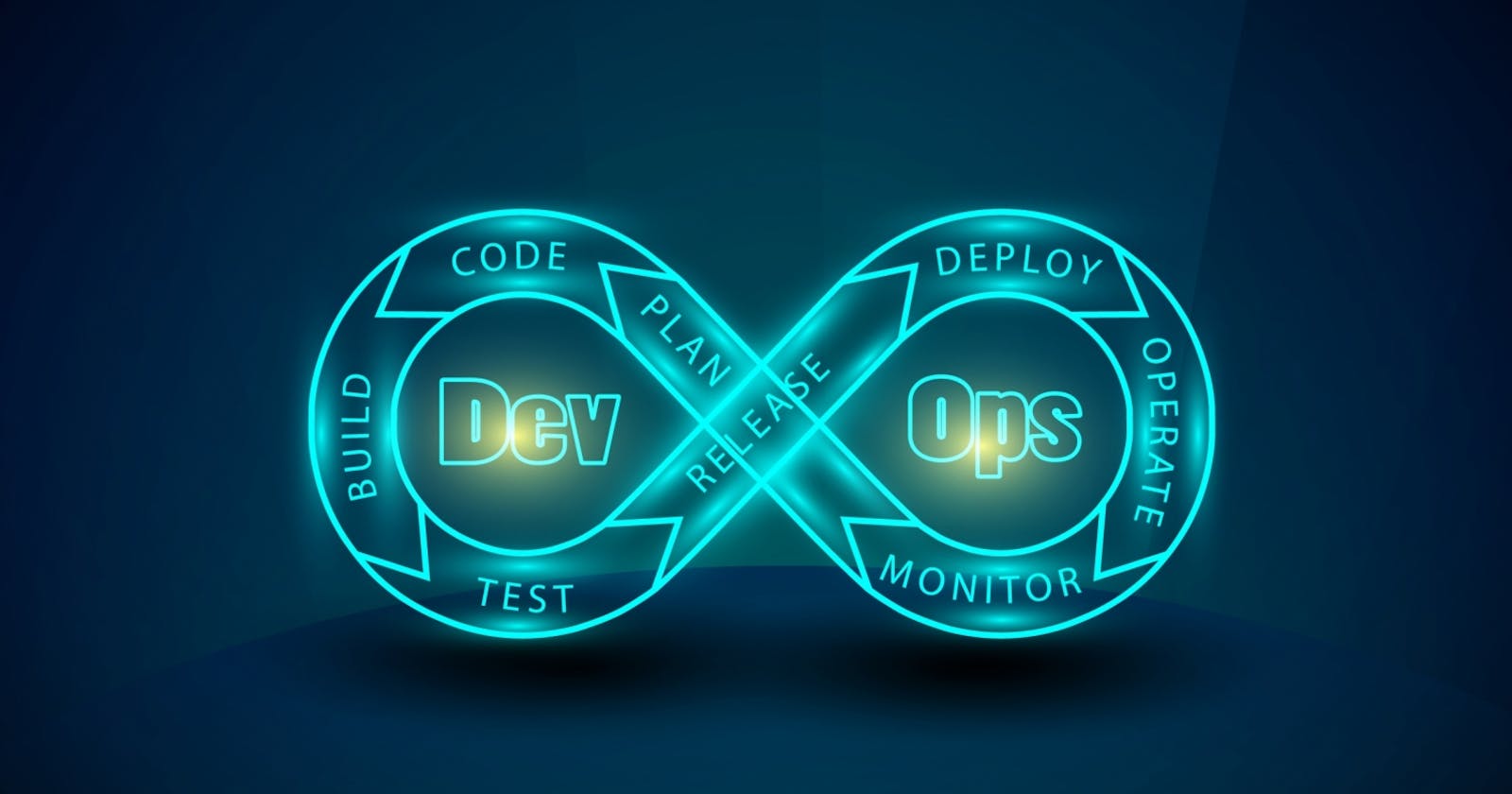If you have worked with developers in a team, you will discover that everyone wants the code to be deployed with no issues. But how do the developers and the operations teams work better together? Well, this very question is why DevOps is now so popular, and why it's turned into a buzzword that's getting everyone's attention, rightfully so. But unfortunately, with all the press,DevOps gets confused with a lot of other technical concepts. For example, some think that DevOps is synonymous with infrastructure as code, or the same thing as Agile, or it's just automated testing and delivery. But really, what is DevOps? DevOps is a way for the development teams and the operations teams to work better together, and ultimately share the responsibility for the software they build.DevOps is just a bridge over the gap between development and operations. And DevOps isn't any one of these technologies, it's really more of a cultural shift in thinking. For example, a developer and an operations engineer, need to increase their collaboration, transparency, and their communication. They'll also both be taking on responsibilities outside the scope of their current position, the developer taking responsibilities on the development side, and the operations engineer taking responsibilities on the operations side. As they work to bridge the gap, they'll need clear expectations on both sides, and to define who does what, and how they'll work together. All of that is cultural.
Cultural Shift
That being said, the cultural shift in thinking is only half the equation. The other half is the tooling, this is where things like Agile, infrastructure as code, and automated test and delivery come into play. The idea is that you take the application of engineering practices and tools and apply them to operations tasks. In turn, this should help you deliver applications and services faster, and at a higher quality. There are a few key tools and practices that are becoming more and more common. The first is the idea of making things smaller. For example, a common practice is to perform very frequently, but small updates to an application. This practice leads to significantly more deployments, with each deployment being less risky. That's because when things are small, it's easier to troubleshoot, identify issues, and in general, you have a smaller, external impact.The second concept is to automate everything. This helps keep computing resources elastic and responsive to those frequent changes. And if you make a mistake, you can very quickly go back and reliably reproduce the previous state. Now, with the cultural shift side of things and the tooling you need to achieve DevOps, it's not just a one-time process that you set up at the beginning and it will always work. It's a continuous practice, and to showcase this, technologists often use an infinity loop to represent all the steps of the lifecycle, and how they relate to one another. As you can see, what's needed for development is on the left side of the loop, and what's needed for operations is on the right side of the loop. The development side involves code, build and test while the operations side involves release, deploy, operate, and monitor.They're combined, and you can't have one without the other.
Continous Integration and Continuous Deployment
It is imperative to know that practicing continuous integration and continuous delivery is key in DevOps. Often, when you're moving very quickly, there are new operational issues you have to solve. It's true, that you want to deploy quickly, but you also want to deploy in a safe and gradual manner. That's what CI/CD is all about.
Continuous Integration is joining all code from all developers to one central branch of the repository many times in other to avoid problems in the code in the future. The concept here is to have multiple developers on a project to keep the main branch of the repository to the most current form of the source code, so each developer can check out or pull from the latest code to avoid conflicts in the future. In Continuous Deployment, every change that is made is automatically deployed to production. This approach thrives better in environments where you plan to use the client or user as the actual tester and it can be faster to release.
Summary
In summary, DevOps helps development and operation teams to work better together and ultimately share their responsibility for the software they build.
